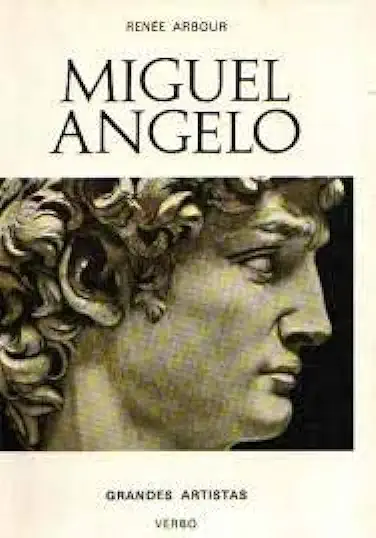
Michelangelo - Renée Arbour
Michelangelo: A Life in Art
A Master of the Renaissance
Michelangelo di Lodovico Buonarroti Simoni (1475-1564) was an Italian sculptor, painter, architect, poet, and engineer of the High Renaissance who exerted an unparalleled influence on the development of Western art. Considered one of the greatest artists of all time, Michelangelo's work is characterized by its emotional intensity, technical virtuosity, and profound understanding of the human form.
Early Life and Training
Michelangelo was born in Caprese, Italy, on March 6, 1475. His father, Ludovico di Leonardo Buonarroti Simoni, was a government official, and his mother, Francesca Neri, died when Michelangelo was only six years old. Michelangelo showed an early talent for art, and at the age of 13, he was apprenticed to the Florentine painter Domenico Ghirlandaio. In 1490, Michelangelo moved to Florence, where he studied at the Medici Academy of Art. There, he came into contact with the works of classical sculpture and the art of the Renaissance masters, which had a profound impact on his development as an artist.
Michelangelo's Sculptures
Michelangelo's sculptures are considered some of the greatest masterpieces of Western art. His most famous works include the Pietà (1499), David (1501-1504), and Moses (1513-1515). These works are characterized by their emotional intensity, technical virtuosity, and profound understanding of the human form. Michelangelo's sculptures are also notable for their use of contrapposto, a technique that creates a sense of movement and tension in the figures.
Michelangelo's Paintings
In addition to his sculptures, Michelangelo was also a gifted painter. His most famous paintings include the Sistine Chapel ceiling (1508-1512) and The Last Judgment (1536-1541). These works are characterized by their grand scale, complex compositions, and use of vibrant colors. Michelangelo's paintings are also notable for their depiction of the human form, which is often idealized and heroic.
Michelangelo's Architecture
Michelangelo was also a talented architect. His most famous works include the dome of St. Peter's Basilica in Rome (1546-1564) and the Laurentian Library in Florence (1524-1534). These works are characterized by their innovative design, structural daring, and use of classical motifs. Michelangelo's architecture is also notable for its integration of sculpture and painting, which creates a unified and harmonious whole.
Michelangelo's Poetry
Michelangelo was also a gifted poet. His poems are characterized by their emotional intensity, philosophical depth, and use of vivid imagery. Michelangelo's poetry is also notable for its exploration of themes such as love, death, and the nature of art.
Michelangelo's Legacy
Michelangelo's work had a profound impact on the development of Western art. His sculptures, paintings, architecture, and poetry are considered some of the greatest masterpieces of all time. Michelangelo's work continues to be admired and studied by artists and art historians around the world.
Why You Should Read This Book
This book is a comprehensive and authoritative biography of Michelangelo, one of the greatest artists of all time. The book provides a detailed account of Michelangelo's life and work, from his early training in Florence to his later years in Rome. The book also includes numerous illustrations of Michelangelo's work, as well as a detailed bibliography and index.
This book is a must-read for anyone interested in art, history, or the Renaissance. It is a beautifully written and informative book that will appeal to a wide range of readers.